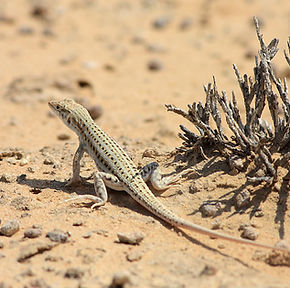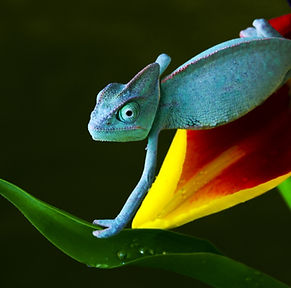
Evolutionary Ecology of Environmental Change
David Chapple's Research Group
School of Biological Sciences, Monash University
.png)
Historic drivers of species distribution and phenotype
We use a variety of molecular markers to investigate the origin, diversification and distribution of a range of taxonomic groups, and their response to climatic and historical processes. This molecular work provides an evolutionary framework in which to conduct our field- and lab-based research, where we apply an evolutionary perspective to the study of ecology and behaviour.
Our research focuses on topics as diverse as social behaviour, morphology (using CT scanning) mating systems, life-history, anti-predator behaviour, and thermal adaptation.

Historic drivers of species distribution
and phenotype
Human-induced rapid environmental change (HIREC)
Our research focuses on species that display divergent responses to HIREC, namely invasive species that expand their range, and threatened species that contract their range. Species invasions involve the human-mediated dispersal of individuals beyond their native range, the successful establishment of populations in novel environments, and the invaders competing with native species as they spread across the landscape. Invasive species therefore provide exciting opportunities to investigate, over contemporary timescales, key evolutionary and ecological processes. We investigate the pathways through which species are introduced to new regions, and the biosecurity measures that aim to prevent the transportation or post-border establishment of introduced species. In addition, we examine the factors that result in range declines and increased extinction risk in threatened species.

Human-induced rapid environmental change (HIREC)
Macroecology and
comparative analyses
We use comparative methods to investigate the ecology and evolution of squamate reptiles.
Our research is focused on areas including:
i) conservation and extinction risk;
ii) the interplay between morphology, ecology, ecophysiology, life-history and the environment;
iii) invasion biology and biosecurity.
Macroecology and comparative analyses

MAIN STUDY SYSTEMS
Threatened and Data Deficient Australian skinks
Australia is home to ~12% of the world's lizard species. The high abundance of lizards in Australia is largely driven by the extreme diversity of skinks (Scincidae), with 460+ described species. However, there are many threats to the skinks, and two species have gone Extinct (Emoia nativitatis) or Extinct in the Wild (Cryptoblepharus egeriae) since 2010. Our research group focuses on the conservation ecology of the ~66 threatened or Data Deficient skink species in Australia, conducting rapid assessments to determine their conservation status, and detailed field-based studies to develop and/or enact the key conservation or recovery actions for the species.

Photo: Jules Farquhar

Photo: Jules Farquhar

Photo: Jules Farquhar

Photo: Jules Farquhar